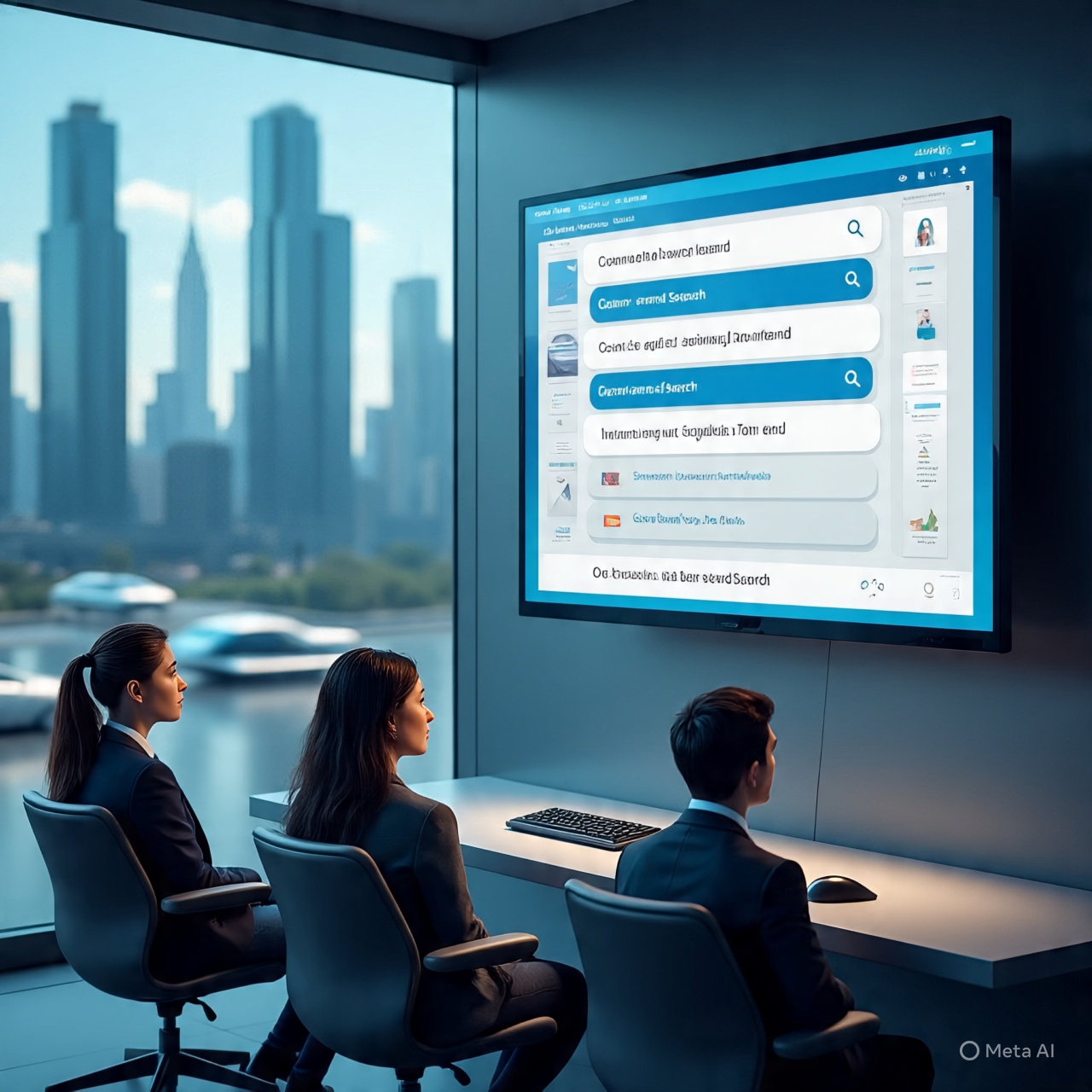
AEO vs. SEO: The 2026 Shift From Search Results to Search Answers
Search behavior has changed more in the last 18 months than in the previous 18 years.
And in 2026, we’re finally seeing the full impact
Search behavior has changed more in the last 18 months than in the previous 18 years.
And in 2026, we’re finally seeing the full impact:
👉 People don’t want search results anymore.
👉 They want search answers.
This shift has created a new divide between two powerful visibility strategies:
SEO (Search Engine Optimization) and AEO (Answer Engine Optimization).
Businesses that adapt to this shift will own the next decade of digital visibility.
Those who ignore it will slowly disappear from the places where buyers now make decisions.
This guide breaks down the difference — and shows you how to optimize for the new AI-driven world of 2026.
👉 See How AI Currently Interprets Your Brand (Free Audit):
The Difference Between SEO and AEO in 2026
To understand why AEO is rising so quickly, we need to look at how search behavior has evolved.

SEO: Built for Traditional Search Results
SEO focuses on optimizing your website so it shows up in:
Google’s search results
Bing results
Organic ranking lists
Blog article placements
Its goal is to help users find pages.
SEO influences:
Keywords
Meta tags
Technical performance
Backlinks
Structured content
Page authority
This still matters — but 2026 users aren’t scrolling through 10 results anymore.
AEO: Built for AI-Generated Search Answers
AEO focuses on how AI models interpret, summarize, and recommend your brand.
Its goal is to help users receive answers, not pages.
AEO influences:
Entity strength
Schema markup
Trust signals
Context depth
Semantic relevance
Review sentiment
Brand clarity across the web
Consistency of digital identity
AI uses these signals to decide:
Which brands to reference
Which brands to recommend
Which brands to ignore
How to describe your business
Whether your information is trustworthy
Which solution matches the user’s intent
In 2026, ranking matters less.
Being recommended matters more.
Why the Shift Happened: The Rise of AI Answer Engines
Search engines used to point users toward content.
Now AI engines deliver the content directly — summarized, simplified, personalized.
Today’s users ask:
“What’s the best software for managing small business finances?”
“Who provides the most reliable AEO services?”
“Which marketing agencies specialize in AI visibility?”
AI responds with:
1 answer
1 recommendation list
1 set of trusted brands
This is why AEO matters more than SEO in 2026.
SEO gets you indexed.
AEO gets you included.
SEO vs AEO: What They Optimize For
Below is a breakdown of how the two strategies differ:
Why AEO Is Becoming the Dominant Strategy in 2026
Here’s what we’re seeing:
1. AI Answer Engines Are Now the First Stop for Research
People ask AI for recommendations before they search Google.
2. AI Can’t Recommend What It Doesn’t Understand
If your entity is weak or unclear, your brand won’t appear.
3. AI Trust Signals Now Outweigh Keyword Signals
Reviews, citations, schema, and identity strength matter more.
4. Consumers Prefer Direct Answers, Not Links
The fewer steps to an answer, the higher the satisfaction.
5. AI Summaries Shape What Users Believe
If you’re not included, you're erased from the narrative.
The visibility game has expanded — and only AEO covers the new terrain.
📞 858.799.0007
📩 [email protected]
🌐 lumapath.ai | dwconceptz.com
Does AI recognize your authority? Let’s find out.
👉 https://api.leadconnectorhq.com/widget/form/WdkphD2tXiCZXTQtKYaC?notrack=true
About the Author
Daisy Watkins is the founder and creative strategist behind DW Conceptz and Lumapath.ai, helping businesses shift from SEO-driven visibility to AEO-powered authority in 2026. She specializes in entity optimization, AI trust building, and answer-engine dominance strategies.

About the ARCHITECT™ Framework
The ARCHITECT™ Framework is a proprietary methodology created by Daisy Watkins, founder of DW Conceptz, LLC, for optimizing business visibility across AI-powered answer engines.
© 2026 DW Conceptz, LLC. All rights reserved.
ARCHITECT™ is a trademark of DW Conceptz, LLC.
Want to learn how the ARCHITECT™ Framework can transform your business visibility?
Book a consultation
